“As if he had anticipated the terrible fate that awaited him, the hapless inventor hesitated at length before plunging from a great height.” The film informs the viewer of this, in block capitals, because this, like all productions of the day, is a silent movie. The audience does not hear the impact which ended the Franz Reichelt show, as well as his life, on the grass lawns in front of the Eiffel Tower early on the morning of 4 February 1912.
But we do see the protracted hesitation by the Austrian on the tower’s viewing platform. He is standing on the railings in a parachute suit which he designed himself. He looks down, sways back and forth, clouds of breath in front of his moustache in the winter air, back and forth again and again. Perhaps he is reconsidering the idea of demonstrating the viability of his invention to the invited reporters, and then he disappears through the bottom edge of the screen. The unchecked fall from a height of 57 metres lasts four seconds. Another camera films him from a distance – it looks as though a stone is travelling to earth with a fluttering ribbon trailing behind it. Then we see the gendarmes, who quickly carry a lifeless body through the crowds before using a yardstick to measure the hole that Franz Reichelt has left behind in the frozen ground. It is ten, perhaps fifteen, centimetres deep.
Reichelt can be seen as a new Icarus, but also as a child of his time. In the period from 1900, people went into raptures over speed and danger, turned pilots into heroes as, even in machines that were more sophisticated than Reichelt’s suit, every flight was an adventure that could end in fatality.
Towards the back of the exhibition at the National Museum Zurich hangs a broken propeller. It belonged to the monoplane of the Solothurn aviation pioneer Theodor Borrer who attempted a nosedive manoeuvre that cost him his life on 22 March 1914 at an air show in Basel. He had been warned, exactly like Franz Reichelt, who jumped hesitantly but with his eyes open.
The symbolism is easy to see in Reichelt’s jump. Was not the world at that time somewhat like Reichelt? Was it not also inspired by faith in the power of progress which could no longer be stopped? Did it not, defying apprehension and thirsty for adventure, plunge tragically to its own demise in summer 1914 with the First World War and its twenty million deaths?
Without the long shadows
“1900–1914: Foray into Happiness” is the title of the exhibition which focuses on a world on the move. Psychiatrists were discovering the unconscious mind, and natural scientists the invisible. Artists were liberating themselves from aesthetic restraints, and women from gender roles. Flourishing consumerism turned department stores into a paradise, pictures learned how to move, communication became wireless, life moved at a faster pace, and the world became more global. The fact that the rapid change also had its downsides and produced misgivings and chaos is illustrated by the countertrends - vegetarians, nudists, anthroposophists and other lifestyle reformers settled into their isolated worlds.
There is an exercise in forgetting in order to see more clearly: “Imagine you could see the years from 1900 to 1914, without the long shadow cast by their future, as vital moments in all of their complexity and contradiction,” says Philipp Blom. Six years ago, the historian and author wrote the much acclaimed book “Der taumelnde Kontinent” (The Vertigo Years), which is a vivid and opulent cultural history of the period prior to the First World War. It provided the model for the exhibition in Zurich. Anyone who has not read the book can now step into it, so to speak. And anyone unable to travel to Zurich can enjoy the same experience as a reader - an unconventional, extraordinarily colourful and compact collection of impressions about a turbulent time which cannot be overlooked and is fascinating precisely for that reason.
Far more than Belle Epoque
What about this experiment of not knowing? Blom wanted to rectify the impression of that era. Firstly, it was not the jovial Belle Epoque of the costume dramas, a world made of porcelain that would only embrace modernity with the outbreak of war: people of the time were already captivated and perturbed in equal measure by radical social change and technological development. On the other hand, it would also be inaccurate to simply view the years up to 1914 as the “pre-war period” and just look for what could have been a reason for or factor in the war. “In light of the many and often contradictory trends, events could have turned out very differently,” writes Philipp Blom. It is that “open-ended future” that the exhibition organisers also pick up on.
All of this makes perfect sense. It is just that it is not that easy to forget. One display cabinet contains the Fox branded electric vacuum cleaner, a hundred years old – the gleaming metal tube on the two large wheels looks like a cannon. In another display, the Italian artist Filippo Tommaso Marinetti celebrates, in his “manifesto of futurism” of 1909, not just the beauty of technology but also the pounding of machinery and the roar of engines: “We seek to glorify war, military principles, patriotism and the wonderful ideals for which one dies.”
“…a good war”
Can it seriously be claimed, as can be read at the exhibition, that hardly anyone anticipated the impending catastrophe until the outbreak of war? There were also people in this country, like Richard Bovet, a journalist from French-speaking Switzerland, who wrote in 1911: “I believe we need a war, a good war.” And, at the same time, the National Bank was seriously considering national supply in the event of war, as referred to in Georg Kreis’ book (see page 19).In reality, the increasingly intense rivalry between the European powers had long been preparing the ground for the idea; only the weapons were needed to make the situation definite. There was a belief that global trade bound nations so strongly together that war was no longer a possibility. But there were also people like Friedrich Engels, a social theorist and close friend of Marx, who had foreseen a “world war of unprecedented scale and severity” as early as 1887: “eight to ten million soldiers will slaughter one another”. The exhibition organisers’ claim that a “firm belief in peace and security” prevailed at the time is therefore questionable. On the other hand, the same applies to the exhibition as to Blom’s book - the emphasis is placed not on analysis, but rather on impressions. And there are more than enough of those – five hundred exhibits represent the sensations and confusions of that era and do not produce a linear path but rather come together to form an associative colourful kaleidoscope. Freud’s dream interpretation and the x-ray of a chameleon, a straightjacket and the Titanic, feminism and twelve-tone music, fitness equipment and the genocide in the Belgian Congo, Einstein and the wanted posters of hunted anarchists, tin cans and Monte Verità, the 1900 World Fair in Paris and the polar explorer Xavier Mertz from Basel. He died in the ice of the Antarctic on 7 January 1913, possibly of an unbalanced diet after he and his companion had begun to eat their sled dogs – exciting times indeed. Talk of “dipping” into the past and the “atmosphere” of an era gives historians worry lines. Not without justification. The time machine has after all still not been invented: The present is always the prism through which history appears and, as in any era, manifestations of not just new departures and upheaval but also stagnation and regression were also found in the period from 1900 to 1914. However, the “frenzy” (Blom) caused by the accelerated rate of change –one of many experiences people had at that time – is conveyed by both the exhibition and Blom’s book.
Daniel Di Falco is an historian and culture journalist with the “Bund” in Berne
INFORMATION
Philipp Blom: “Der taumelnde Kontinent. Europa 1900–1914”; DTV, Munich 2014 (fifth edition). 528 pages; CHF 21.90. The exhibition at the National Museum Zurich with various supporting events runs until 13 July. www.landesmuseum.ch. Accompanying book from Verlag Scheidegger & Spiess, 204 pages, CHF 39.
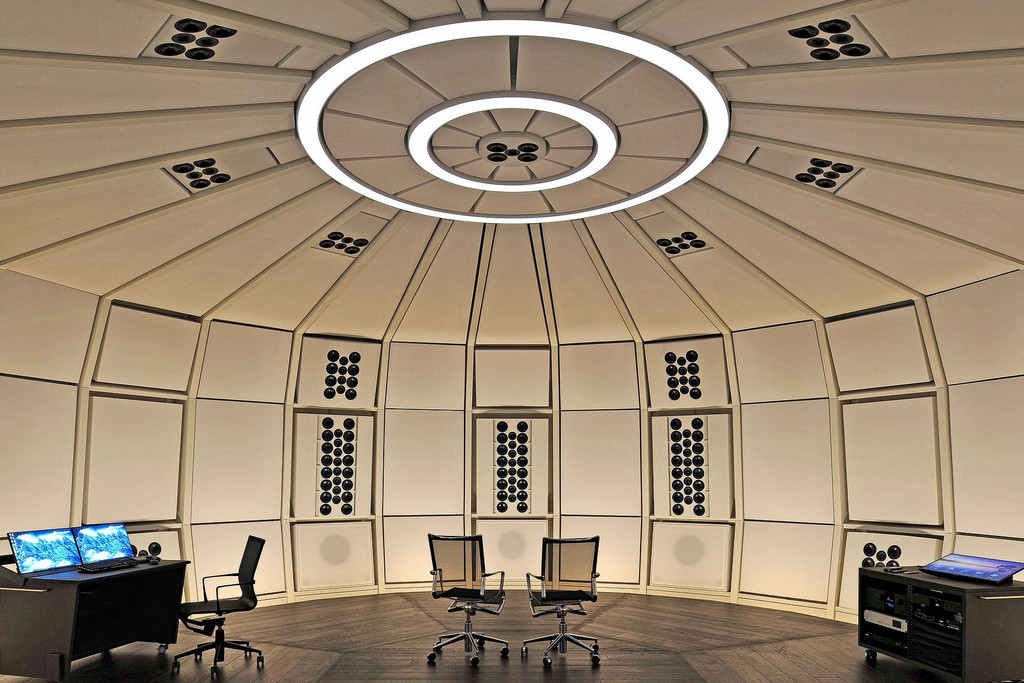

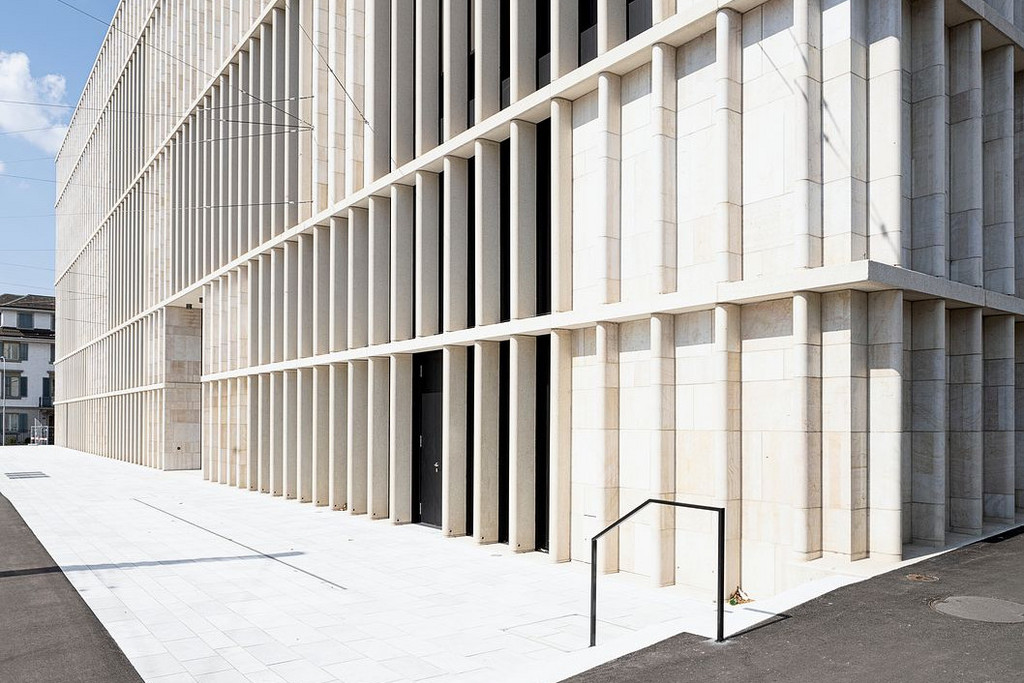

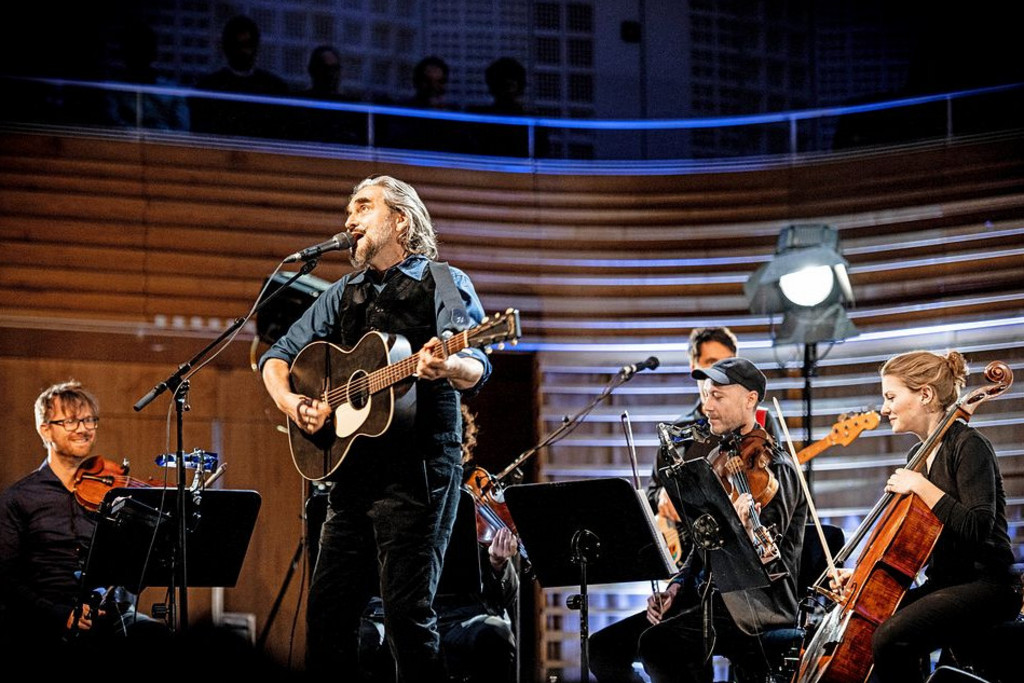
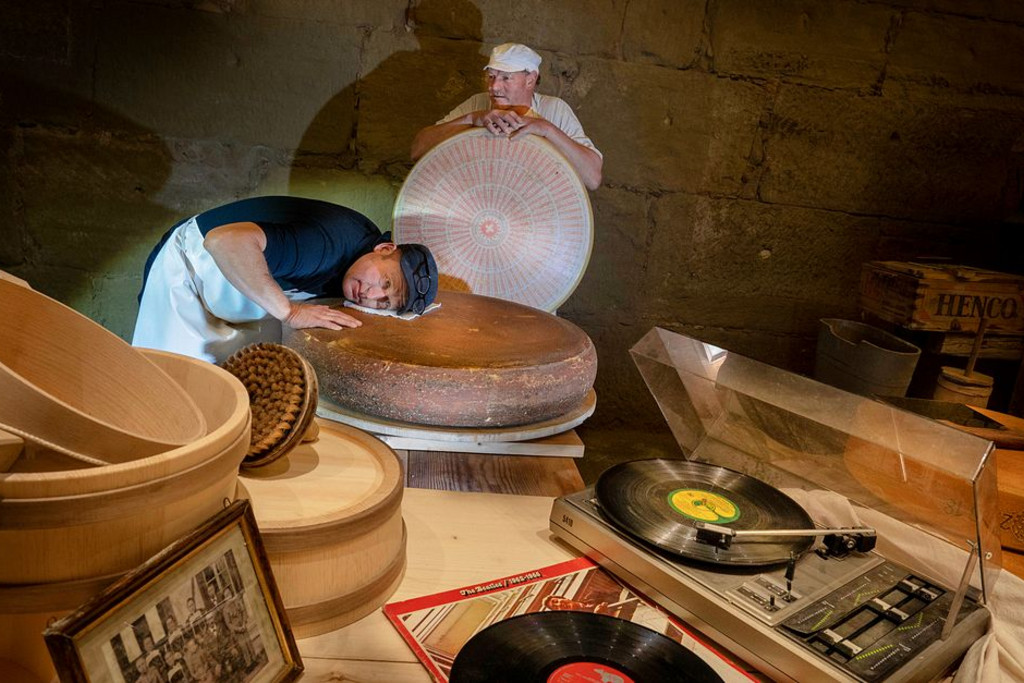
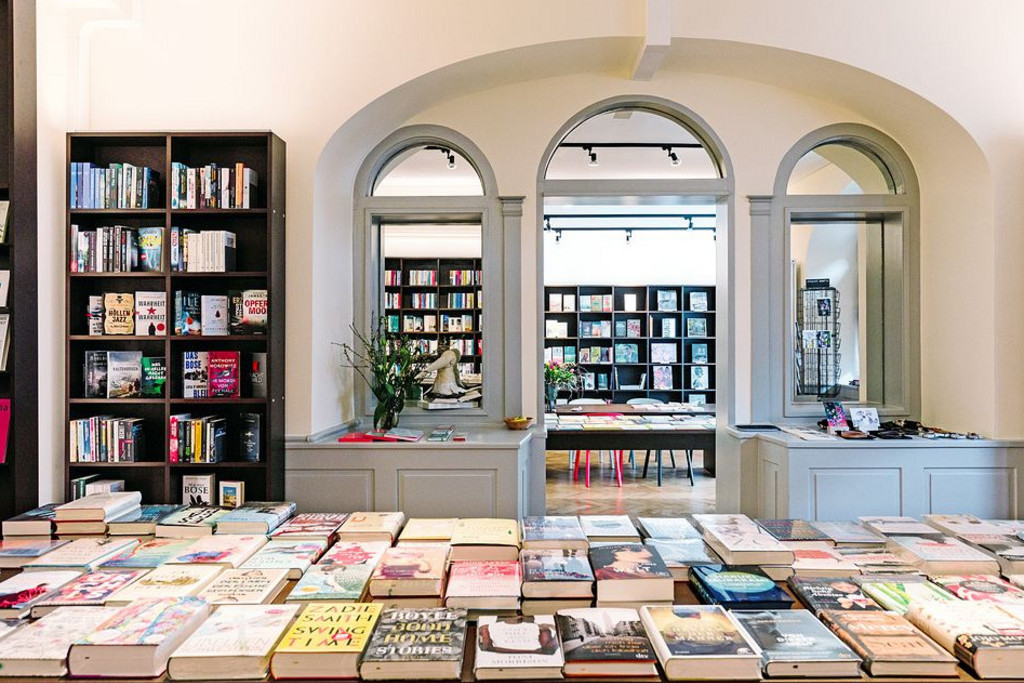




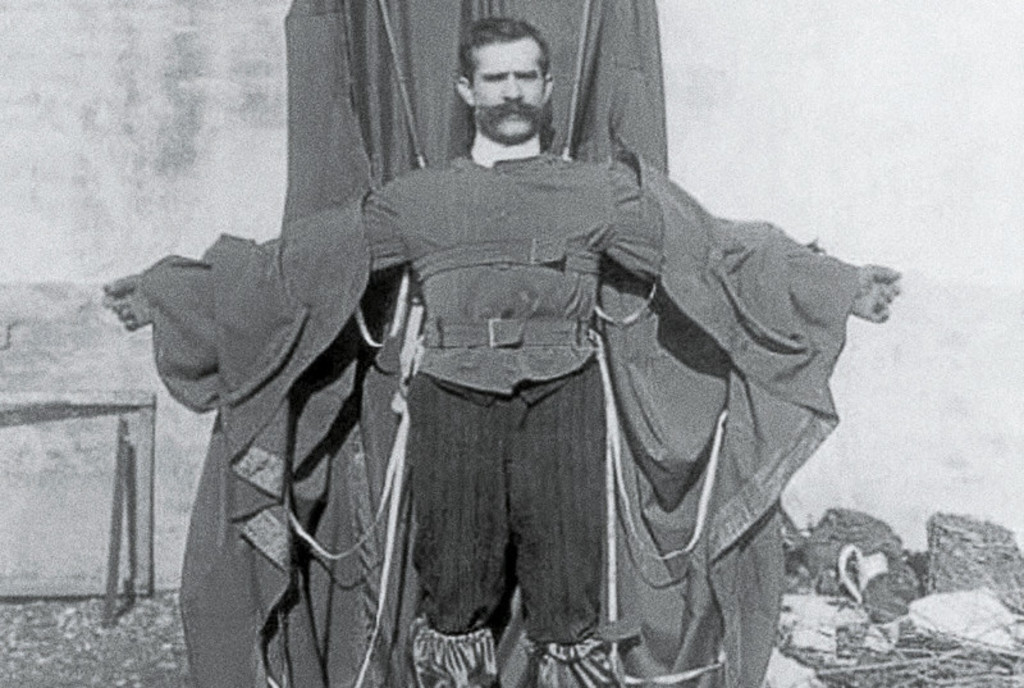
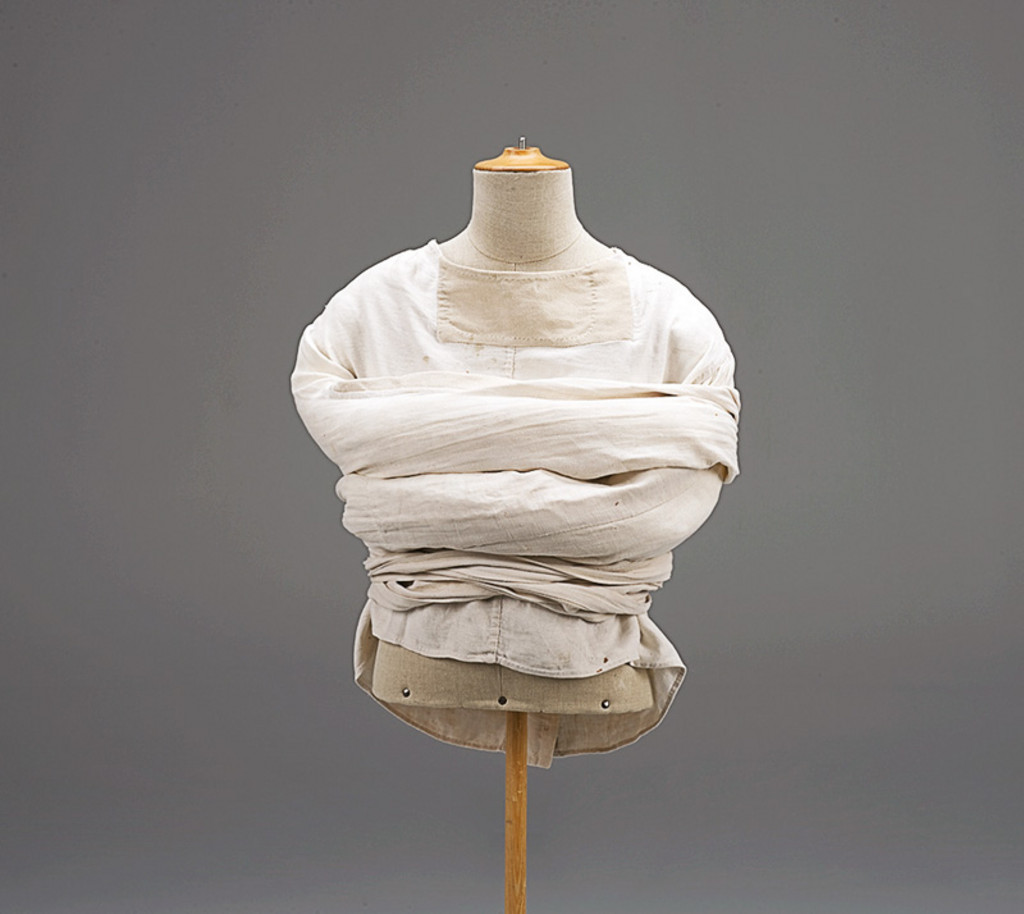
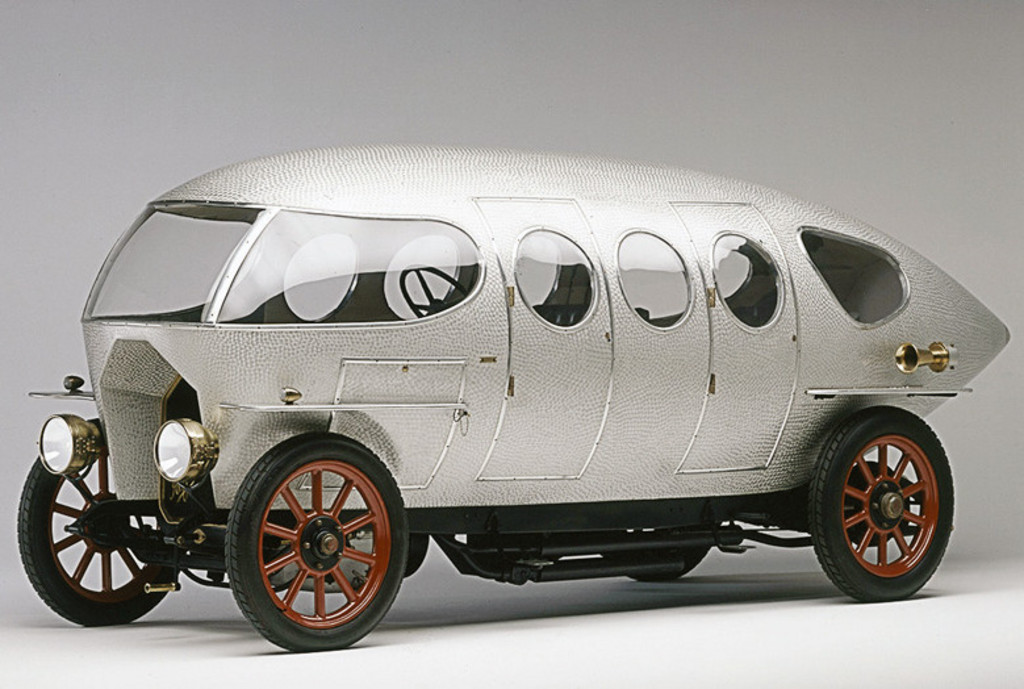
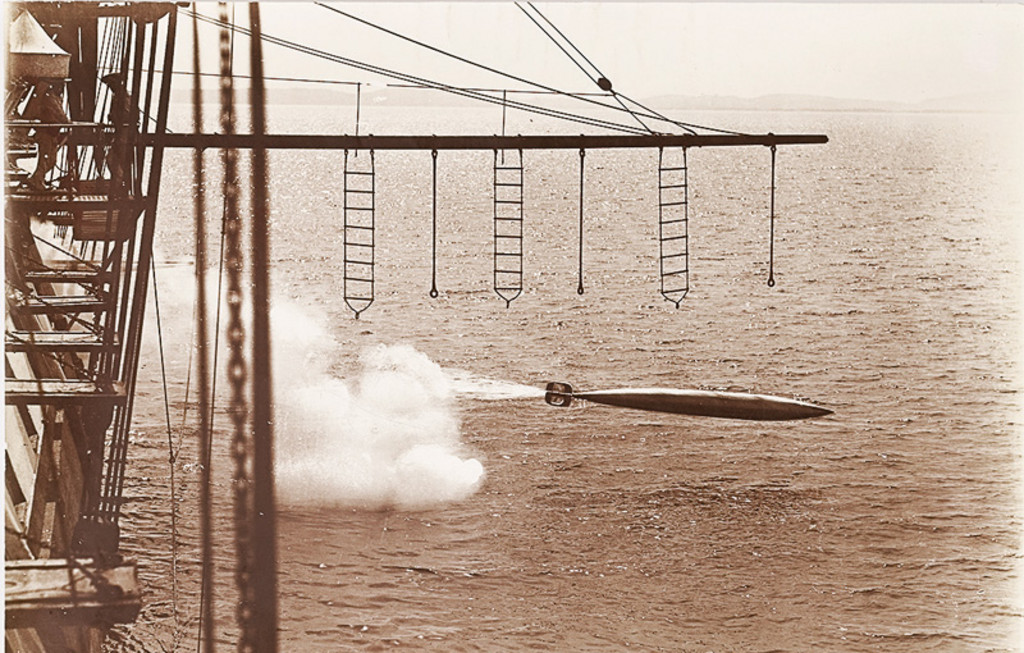
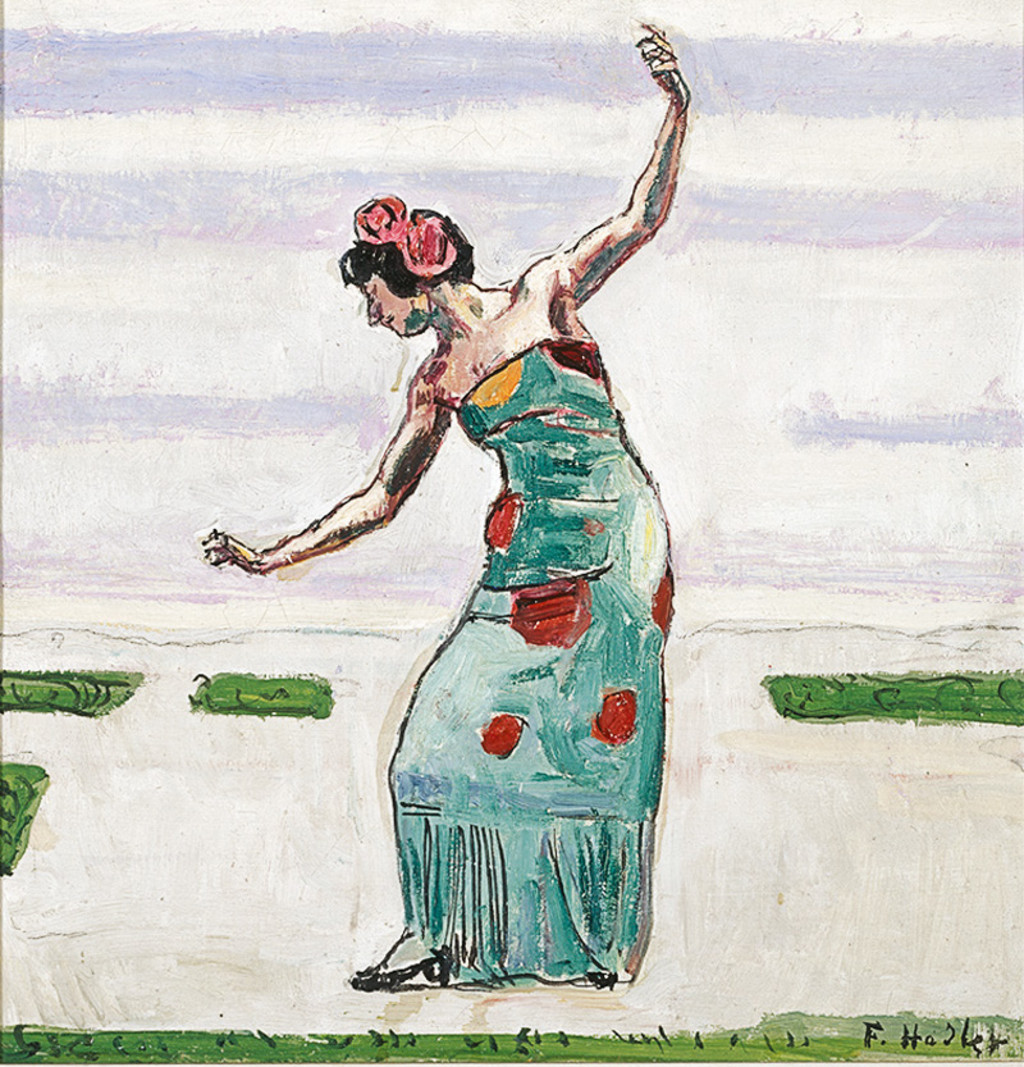
Comments